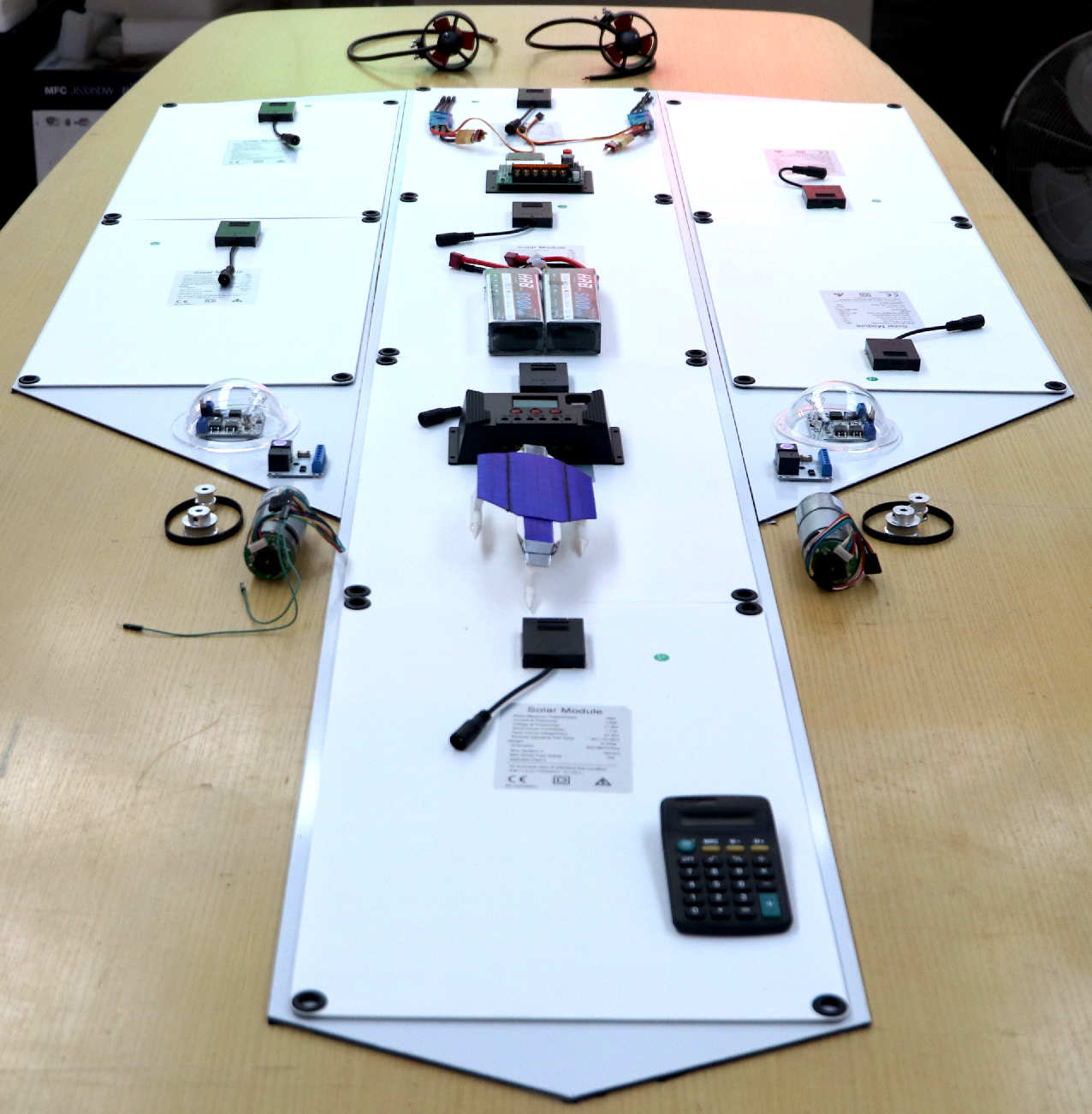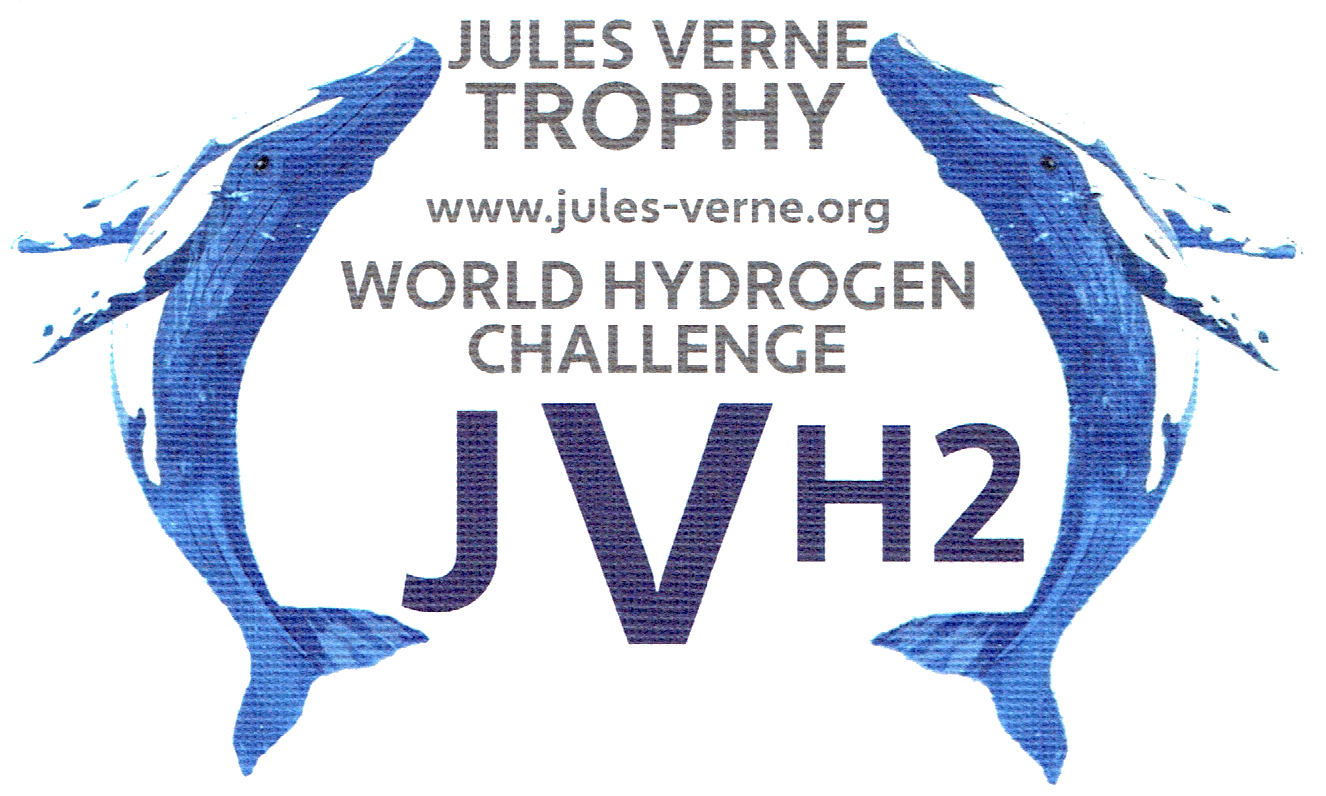|
LEO PERRIN YOUTH PROJECT LEAD - ELIZABETH SWANN
#HORIZON EU MISSIONS
Dig for gold with our A - Z or set sail for HOME
|
|
Leo joined the Cleaner Ocean Foundation in 2021 as a home schooled student when he was 13. Since then he has attended a number of Ocean related shows and networking events as a visitor to London and Southampton. He gave his first presentation at the UNA-C&O Ocean Symposium in 2023 at Bexhill-on-Sea. He became a (United Nations Association) UNA Ocean Ambassador in 2022. Leo is now a student at college studying engineering.
These are some of the main electronic components of the 1:20 scale Elizabeth Swan technology demonstrator.
Leo became the Youth Project Lead in 2023 at just fifteen years of age, when the Foundation responded to the EU's Horizon call for (clean) Water Missions. To his credit, he volunteered for the role as soon as it was created.
He is passionate about reducing climate change, acid oceans and sustainable development, in line with the United Nations' Sustainability Development Goals (SDGs). Sustainable development is commonly associated with the much sought after Circular Economy. When it comes to seas and oceans, sustainability comes under the Blue Growth head - as SDG 14.
FEBRUARY 2024 - Further hull development took place in 2023 to improve performance, to allow the taking of two Guinness World Records with one vessel, necessitating an increase the diameter of the original jig base and tower locators - mainly to accommodate off the shelf components - rather than be forced to manufacture bespoke electronics. We thus calculated the need for larger hull tubes. Leo learned about basic hull design, using AutoCad as a development tool.
|
|
|
|
APRIL 24th 2024 - Leo is seen here offering up an aluminium fold, to check for length in relation to the deck, which is covered in solar panels. Leo is interested in boat design and practical metal working skills. In the background you can see a solar catamaran design that was tested a long time ago, in the development of the present trimaran design. We are hoping to have this model ready for another local United Nations event in November. So, we have our work cut out.
It is very important to measure carefully. We work to a tolerance of around 0.25mm. But in practice, where there are folds, 0.5mm is usually acceptable with a little fettling at the joins. In the background you can see a SWATH design that was tested well before the Elizabeth Swann design hit the drawing board. The submerged twin hull concept proved to have a higher drag than expected, and it was difficult to trim. The radio controlled model had four tanks that could be flooded or pumped out, for trim and ride height adjustment for different sea conditions.
Leo gave a talk in Brighton, at the Dome on the 13th of June 2024, presenting a broad outline of the Elizabeth Swann project.
|
|
|
|
|
|
|
|
Dig for treasure with our A - Z or set a course for HOME shipmates
This website is Copyright © 2024 Cleaner Ocean Foundation. The rights of Cleaner Ocean Foundation to be identified as the author of these works have been asserted in accordance with section 77 and 78 of the Copyright Designs and Patents Act 1988. This website and the associated Elizabeth Swann artwork and designs are Copyright © 2024 Cleaner Ocean Foundation.
|


